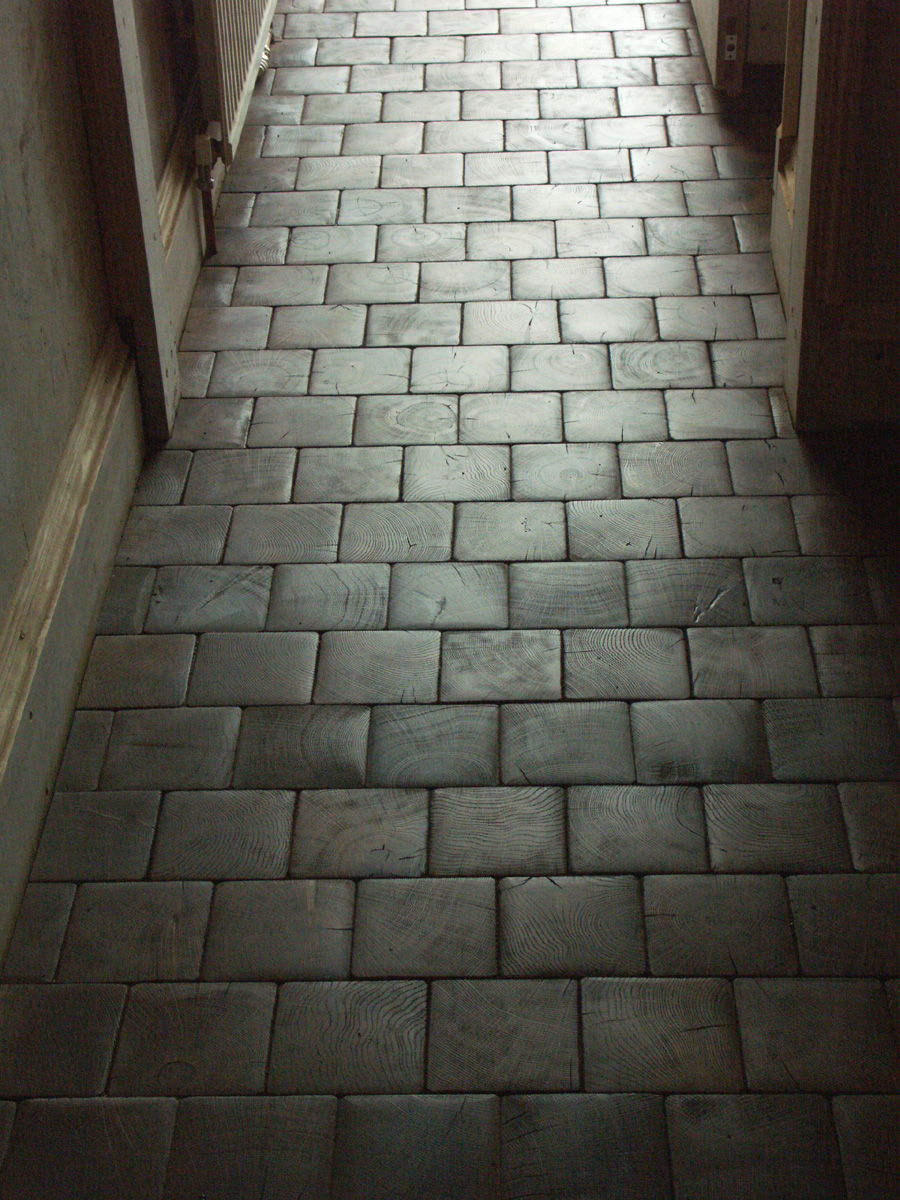Frequently Asked Questions
How does carbonisation make the wood fire retardant?
To reduce the natural affinity of wood to catch fire, people have developed various techniques to improve its resistance over thousands of years. Product-Proof has developed many different methods to protect the wood in buildings from fire. Solutions range from plant-based fire retardants through waxes/waxes and coatings to petroleum-based varnishes and paints.
Interestingly, one of the oldest and most effective methods of protecting wood from fire is fire itself! The process of applying heat and fire to the exterior of a wood product for a short period of time changes both the cell structure and the thermodynamic conductivity of the wood.
Chemically speaking, we can say that wood consists of two components: cellulose and lignin. Cellulose is what makes the tree grow. It is the composition that gives a young plant its flexible strength. The leaves and fresh shoots consist mainly of cellulose. Lignin is deposited in the tree structure as it ages and is hard, tough and brittle. An old tree trunk is said to contain a much higher percentage of lignin than a fresh shoot at the end of a branch.
When you burn wood, the softer more reactive cellulose evaporates and burns, while the harder lignin becomes more difficult to burn. Moreover, it takes much more heat to reignite the lignin. In addition, the outer layer of charred wood acts as an insulator.
When we char the surface of a cladding or fence, we actually burn the outer cellulose. What remains is the blackened lignin. To reignite the charred wooden cladding or fencing requires much higher temperatures and much longer contact with a flame source.
A practical example. If you light a campfire and the logs are half-burned, the fire goes out. If you come back later and try to re-light these logs, it is actually much more difficult to get them to catch fire, because they no longer have an easily ignited cellulose compound.
Interestingly, one of the oldest and most effective methods of protecting wood from fire is fire itself! The process of applying heat and fire to the exterior of a wood product for a short period of time changes both the cell structure and the thermodynamic conductivity of the wood.
Chemically speaking, we can say that wood consists of two components: cellulose and lignin. Cellulose is what makes the tree grow. It is the composition that gives a young plant its flexible strength. The leaves and fresh shoots consist mainly of cellulose. Lignin is deposited in the tree structure as it ages and is hard, tough and brittle. An old tree trunk is said to contain a much higher percentage of lignin than a fresh shoot at the end of a branch.
When you burn wood, the softer more reactive cellulose evaporates and burns, while the harder lignin becomes more difficult to burn. Moreover, it takes much more heat to reignite the lignin. In addition, the outer layer of charred wood acts as an insulator.
When we char the surface of a cladding or fence, we actually burn the outer cellulose. What remains is the blackened lignin. To reignite the charred wooden cladding or fencing requires much higher temperatures and much longer contact with a flame source.
A practical example. If you light a campfire and the logs are half-burned, the fire goes out. If you come back later and try to re-light these logs, it is actually much more difficult to get them to catch fire, because they no longer have an easily ignited cellulose compound.
Andere veel gestelde vragen
-
What is the history of the charred wood treatment 'Shou Sugi Ban'?
Button -
What are the properties of Shou Sugi Ban?
Button -
What is the durability of Shou Sugi Ban?
Button -
Do I need to maintain Shou Sugi Ban wood?
Button -
How does carbonisation make the wood fire retardant?
Button -
How does carbonisation make the wood fire resistant?
Button -
Is Shou Sugi Ban water repellent?
Button -
What makes charred wood pest and insect resistant?
Button -
What is the price for Shou Sugi Ban?
Button -
What is the "Shou-Sugi-Ban" technique?
Button -
How do I treat Shou Sugi Ban?
Button -
Shou Sugi Ban wiki
Button -
Where can I find more information about Shou Sugi Ban on pinterest?
Button -
Shou Sugi Ban Belgium
Button -
Shou Sugi Ban France
Button -
Shou Sugi Ban The Netherlands
Button -
Shou Sugi Ban Germany
Button -
Yakisugi Belgium
Button -
Yakisugi France
Button -
Yakisugi The Netherlands
Button -
Yakisugi Germany
Button -
Shou Sugi Ban Fix
Button -
Shou Sugi Ban cladding
Button -
Shou Sugi Ban table
Button -
Shou Sugi Ban kitchen
Button -
Shou Sugi Ban fireplace
Button -
Shou Sugi Ban door
Button -
Shou Sugi Ban sauna
Button -
Shou Sugi Ban floors
Button -
Shou Sugi Ban furniture
Button -
Shou Sugi Ban fences
Button -
Shou Sugi Ban gates
Button -
Shou Sugi Ban specials
Button -
Shou Sugi Ban epoxy
Button -
Which types of wood are best for Shou Sugi Ban?
Button -
Shou Sugi Ban Accoya
Button -
Shou Sugi Ban Spruce
Button -
Shou Sugi Ban Douglas
Button -
Shou Sugi Ban Larch
Button -
Shou Sugi Ban Oak
Button -
Shou Sugi Ban Ayous
Button -
Shou Sugi Ban Ash
Button -
Shou Sugi Ban Thermowood
Button -
Shou Sugi Ban barnwood
Button -
Shou Sugi Ban Kebony
Button -
Shou Sugi Ban Cypress
Button -
Shou Sugi Ban Radiata Pine
Button -
Shou Sugi Ban Padouk
Button -
Is yakisugi suitable for all types of wood?
Button -
Can I perform yakisugi on my own?
Button -
How long does yakisugi-treated wood last?
Button -
Can I use yakisugi indoors?
Button -
Does yakisugi alter wood's structural integrity?
Button -
Is yakisugi a fire hazard?
Button
Quick and reliable
We can be reached by e-mail or telephone
Location (workshop)
Dendermondsesteenweg 120
B-9260 Wichelen
info@product-proof.com
Call
+32 479 022224
© 2024
All rights reserved | Product-Proof bv























